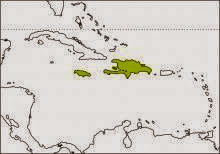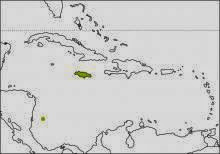 |
| House Wren |
When I installed a bird house on our fence this spring, I thought it would be merely ornamental. To my surprize, a House Wren has occupied it and he appears to have a mate. Since House Wrens are known to build multiple dummy nests, I am not totally sure whether there is an actual nest inside, but the behaviour of the birds suggests that it might. I guess there is one easy way to find out (i.e. open up the box) but we don't want to disturb it if in fact there are eggs/nestlings inside. We will just have to pay attention and see what emerges.
 |
| Dekay's Brownsnake (Storia dekayi) |
Hannah was seeing a Brownsnake in the garden a few mornings in a row, which is a new snake for our yard bringing the total number of snake species to two.
Above is a distribution map from the Ontario Reptile and Amphibian Atlas, showing that Dekay's Brownsnake is unevenly distributed within southern Ontario.






